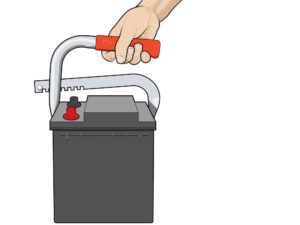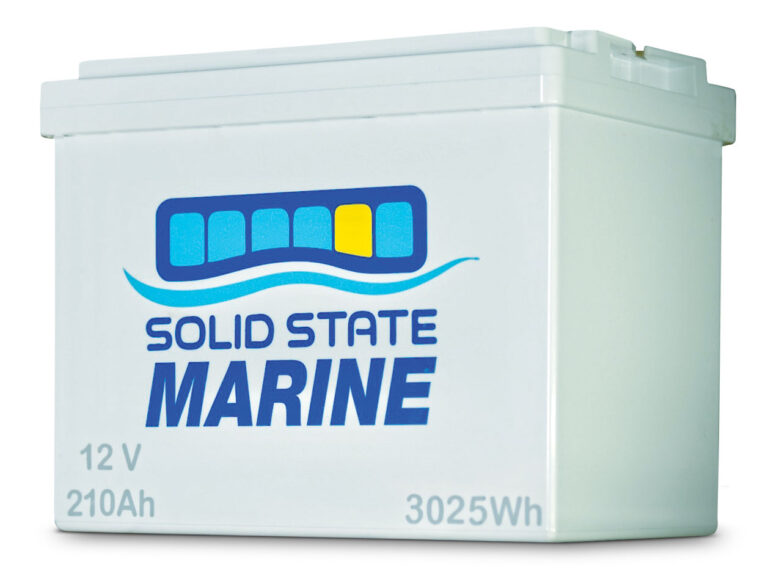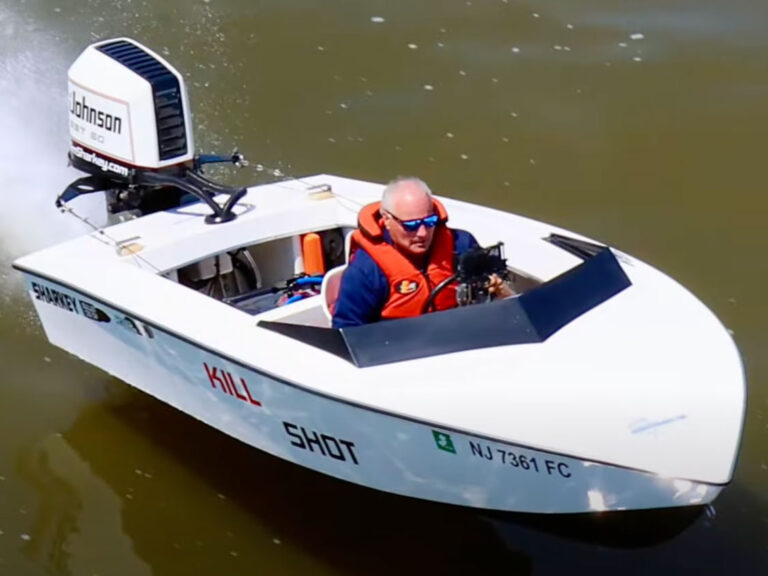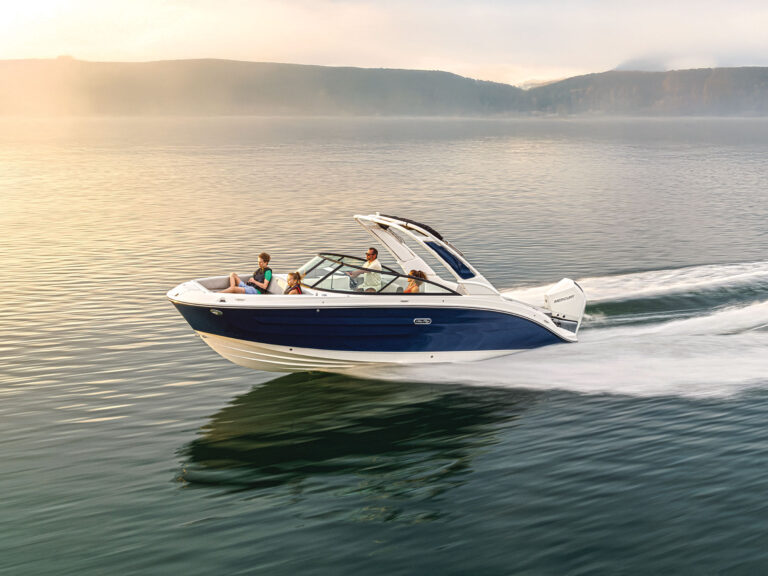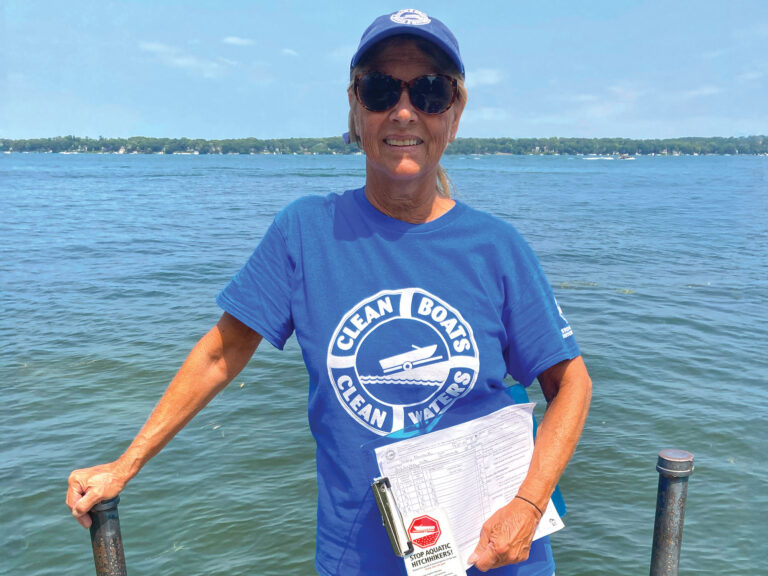Independently controlled trim tabs compensate for differing loads and hold the boat’s attitude in crosswinds or crossing seas, easing the captain’s job of giving his crew a smoother ride.
A trim tab presses down on the water coming off the transom, lifting that side of the boat — effectively changing the running surface to suit changing conditions. Here’s a primer on the major differences between systems, as well as what to look for in tabs and accessories.
Hydraulic vs. Electric
Hydraulic tabs, such as those made by Bennett Marine, use a motor, mounted inside the boat, to drive a hydraulic actuator connected to the transom-mounted tab. Hydraulics proponents tout the facts that the tab motor and wiring are protected inside the boat and that actuators don’t rely on external seals. Hydraulic tabs operate at a slower, steady pace, allowing easier fine-tuning under way. Should a hydraulic tab fail while under way, pressure on it will cause it to retract.
Electric tabs, such as those built by Lenco Marine or Minn Kota, feature a motor inside the actuator itself, driving a ball screw. Should one tab fail, the boater would need to remove the bolt connecting actuator and tab lest the tab remain deployed in the position it was in when the failure occurred.
Electricity proponents counter that electric tabs are simpler in design, quicker to respond, quicker to install and don’t use hydraulic hoses, pumps and fittings exposed to a harsh marine environment.
Importance of Tab Size
Undersizing tabs is a common mistake. The larger a tab’s area, the more lift it produces at the transom. By using drag to lift the transom, tabs reduce the overall hull drag by giving the hull ideal attitude in relation to the water. The largest trim tabs that will fit on a transom will prove the most efficient. Manufacturers usually offer a sizing chart based on boat length and engine configuration. Your available transom space may require a longer tab rather than a wider one.
Proper Installation
Mount tabs at the bottom edge of the transom, along the boat’s V (parallel to the hull deadrise) about three to four inches inboard from the chine. Maintain at least eight inches of clearance between lower units on outboards and stern-drives for undisturbed water flow to the props.
Trim Tab Accessories
Sensors on most tabs will display their position on NMEA 2000 GPS chart plotters, but some experienced captains will trim by feel. The tab makers also offer tab position indicators — well worth the cash. Automatic tab retractors on Lenco tabs raise tabs when the engine is turned off to prevent damage when trailering or lifting.




